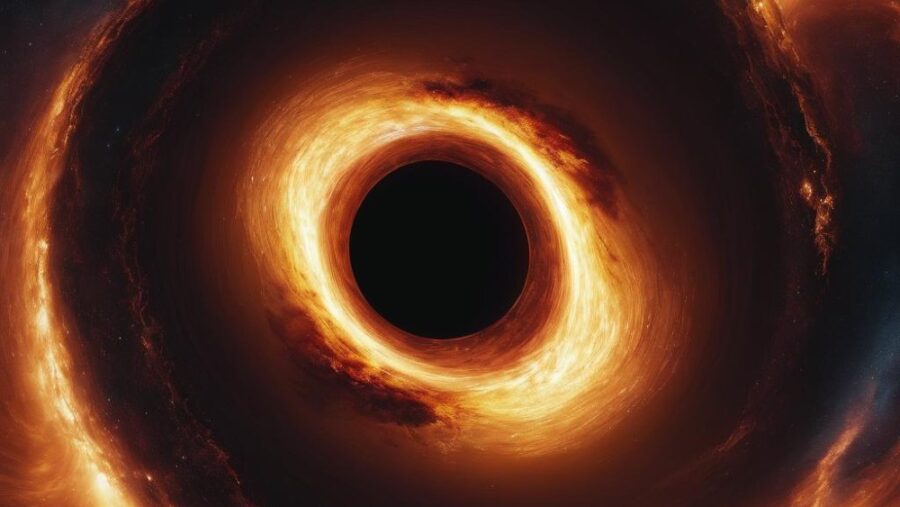Black Hole Birth Observed For The First Time Ever?

If an amateur astronomer ever comes running to you with a startling discovery, you should probably listen to them. This is exactly how scientists were able to witness what they believe to be a black hole birth. What started out as simple star-gazing led to a study published in Nature establishing a direct link between a supernova explosion and the birth of a black hole.
Thanks to Berto Monard, an amateur astronomer from South Africa, the black hole birth was spotted approximately 76 million light-years away in the spiral arm of a galaxy called NGC 157. But he didn’t know that the bright object (now named SN 2022jli) was actually a supernova, as they are incredibly difficult to predict and in turn, almost impossible to study. With the help of researchers at the Weizmann Institute of Science in Israel led Ping Chen of the Department of Particle Physics and Astrophysics, Monard’s discovery marks the first time researchers have witnessed a black hole birth.
There are interim steps between a supernova explosion and a black hole birth, and in the case of SN 2022jli they came in the form of unusual oscillations of brightening and dimming. Over a period of 200 days, the supernova would burn with an intense brightness before fading away again. This cycle would occur every 12 days, marking the first time such a phenomenon has been witnessed and documented with such great detail.
Though scientists were able to witness these oscillations that suggest a strong correlation between the demise of a star and a black hole birth, they’re still trying to figure out how this was possible. The prevailing hypothesis is that a nearby companion star survived the blast, and SN 2022jli was able to steal hydrogen from its atmosphere. The process of a supernova stealing energy from a companion star is what allowed researchers to pick up on the energy oscillations from such an incredibly far distance.

In other words, a supernova may need to be part of a binary system to go through this process, which is a rare occurrence. Since this is the first time that we actually have visual evidence of a binary system surviving a supernova blast, the research remains inconclusive until more data points can be gathered. Though we’re speaking in theoretical terms, the evidence is hard to ignore, as the entire 200-day cycle ended with what is undoubtedly a black hole birth.
Never before this study have scientists witnessed an actual black hole birth, and it’s all thanks to an amateur astronomer looking at the right place at the right time. So next time you’re stargazing, it’s always a great idea to jot down coordinates and pass any unique findings along to researchers who have the necessary resources to witness such a magnificent spectacle more closely. As we continue our efforts to better understand our universe and how massive celestial events relate to one another, we’re reminded that we can accomplish the impossible if we put our heads together and work as a team.
Source: Nature












